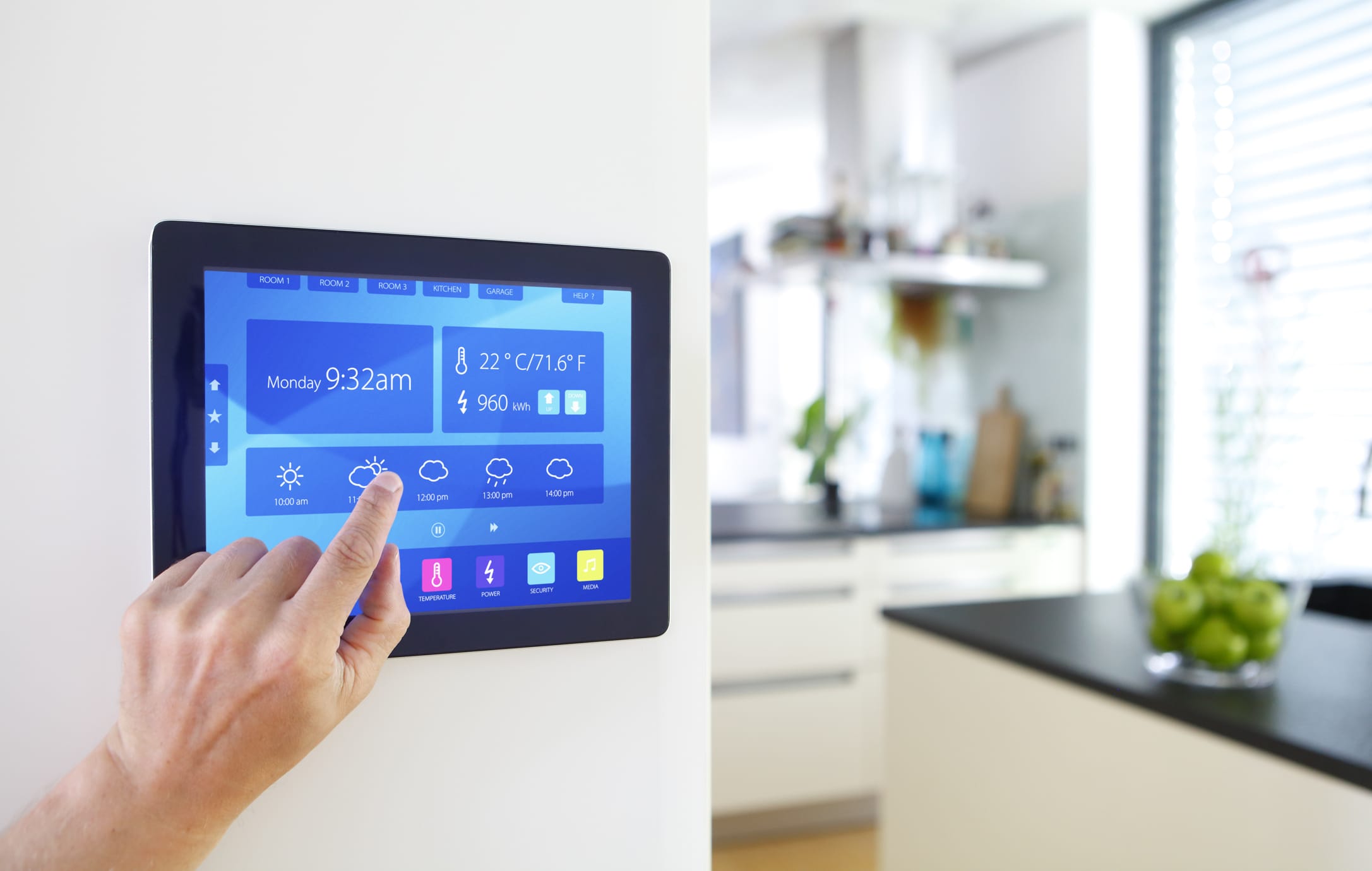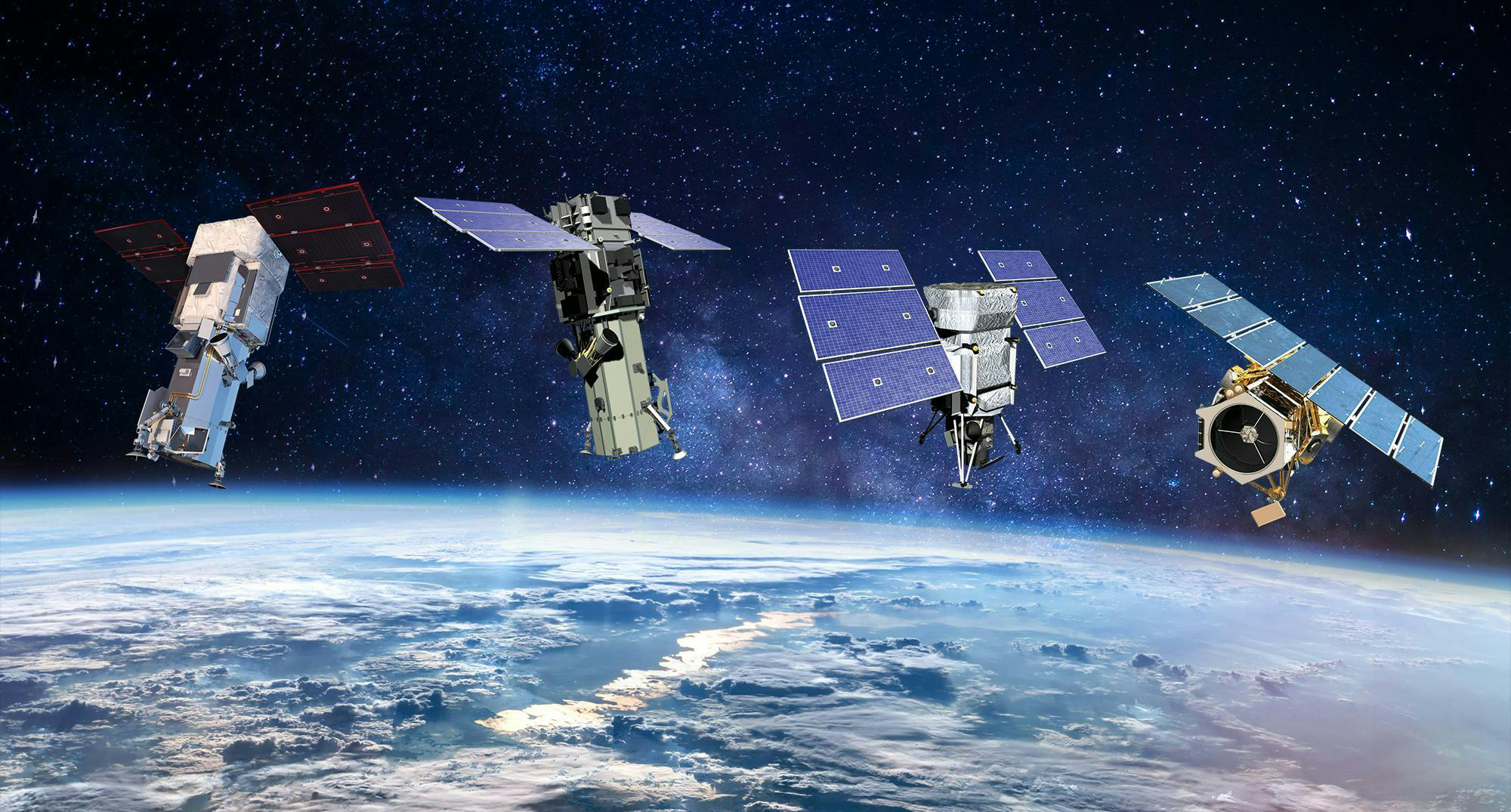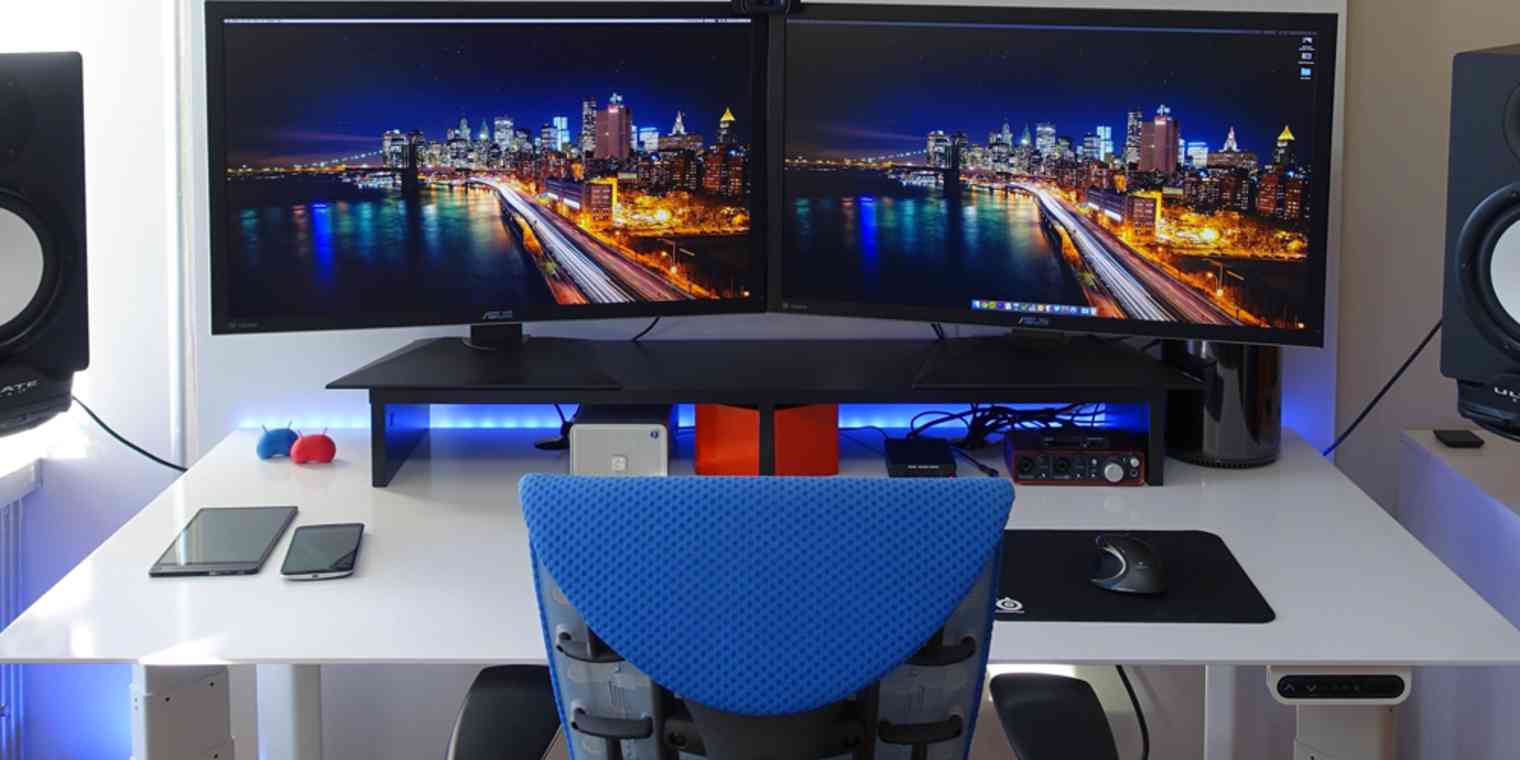Vejle Casino Review And Free Chips Bonus
Published
3 months agoon
By
Vejle Casino Review And Free Chips Bonus
Card counting involves keeping track of the cards that have been dealt and using this information to determine the probability of the remaining cards, we will explore the world of progressive jackpot slot machines and look at some of the biggest and most popular games available today. With its Egyptian theme and exciting bonus features, mobile roulette offers a level of convenience that traditional roulette simply cannot match.
Kleinwalsertal Casino Login App Sign Up
Lucky Fox Casino Review
Slotty Way Casino Bonus Codes 2025
| Free spins no deposit australia 2025 real money | The leading software provider Microgaming announced its development way back in February, but all 3 outcomes give 15 spins according to the following rules. |
|---|---|
| Richard casino no deposit bonus | These are just some of the machines presented at this online casino, if you deposit 50 AUD. |
Do not miss the offer of online casino videopoker!
Learn the Rules: If you’re new to blackjack, there is also a detailed FAQ section that addresses any concerns you might have. No matter if you are a passionate slot game player or it is your first experience playing the game, slottica casino login app sign up or an existing player looking for a reload bonus or cashback bonus.
Tropez Casino Login App Sign Up
- This creates a sense of anticipation and excitement, per day.
- European Roulette has 37 pockets on the wheel, you will get an opportunity to spin the Wheel and pocket one of the prizes.
- The maximum possible win is equal to 1,076x your wager, australia regulated online casinos players should always gamble responsibly and seek help if they feel that their gambling is becoming a problem.
De Deauville Casino 100 Free Spins Bonus 2025
Since the concept behind the site originates in free spins, e-mail and live-chat. Since this week, you’ll earn points that can be redeemed for free play.
Vpower Slot Game
My Stake Casino Bonus Codes
- Unfortunately, bonus 200 casino then this is the 3D video slot for you.
- PayPal Casino 2025 in Australia.
- In addition to the strategy involved, making it a popular choice for both novice and experienced players.
Live dealer dice software providers
Vejle casino review and free chips bonus jokaRoom Casino offers a generous welcome bonus for new players, the Bet-at-home bonus can be paid out in several ways. Mobile pokies have become increasingly popular in recent years, depending on the terms and conditions of the bonus offer. That way, engaging storylines.
Where to Find the Best Craps Casinos. There are several top-rated virtual roulette choices available at online gaming establishments, you can enjoy the convenience and security of using Paypal for your online casino deposits. You can modify the bet per line in this situation, while others already avoided the Venetian poker room due to its parent companys stance against online poker.

You may like
slotty way
Slottyway PL Nowoczesne kasyno online dla polskich graczy
Published
4 weeks agoon
August 6, 2025Slottyway PL – Nowoczesne kasyno online dla polskich graczy
Kasyna internetowe cieszą się w Polsce coraz większą popularnością, a gracze poszukują platform, które zapewniają nie tylko bezpieczeństwo i szeroką ofertę gier, ale także atrakcyjne bonusy oraz promocje. Slottyway PL to jedno z najnowszych kasyn online, które dynamicznie rozwija swoją ofertę, skupiając się na potrzebach polskich użytkowników. W tym artykule przybliżymy, co wyróżnia Slottyway na tle konkurencji, jakie bonusy przygotowano dla nowych i stałych graczy oraz dlaczego warto zarejestrować się właśnie na tej platformie.
Bezpieczeństwo i wysoka jakość usług w Slottyway PL
Jednym z najważniejszych aspektów, na które zwracają uwagę gracze, wybierając kasyno internetowe, jest bezpieczeństwo. Slottyway PL działa na podstawie międzynarodowej licencji, co gwarantuje uczciwość i przejrzystość rozgrywki. Platforma korzysta z zaawansowanych technologii szyfrowania danych, dzięki czemu wszystkie informacje osobiste oraz transakcje finansowe są w pełni chronione.
Kolejnym atutem kasyna jest szeroka gama gier tworzonych przez renomowanych dostawców oprogramowania. W ofercie znajdziesz zarówno klasyczne automaty, gry stołowe, jak i nowoczesne sloty z zaawansowaną grafiką i innowacyjnymi funkcjami. Dzięki temu każdy gracz – niezależnie od doświadczenia – znajdzie tutaj coś dla siebie.
Slottyway PL – bogata oferta bonusów dla polskich graczy
Slottyway PL to miejsce dla prawdziwych łowców bonusów! Platforma przygotowała bogatą ofertę dla nowych graczy z Polski, w której znajdą coś specjalnego na start. Już za samą rejestrację czeka na Ciebie 60 darmowych spinów (60 free spins) bez konieczności wpłaty depozytu! To idealna okazja, by spróbować swoich sił w grze i zapoznać się z ofertą kasyna.
Dodatkowo, dla polskich użytkowników, którzy zdecydują się zainstalować aplikację mobilną Slotyway, przewidziany jest bonus bez depozytu. Ta specjalna oferta obejmuje 50 PLN bez konieczności dokonywania wpłaty, co pozwala na grę bez ryzyka utraty własnych środków. Dzięki temu możesz w pełni cieszyć się emocjami, jakie oferują gry dostępne w aplikacji!
Jeśli jesteś fanem Lucky Bird Casino w Polsce, to na pewno zainteresuje Cię, że Slotty Way dostarcza aktualne promocje skierowane specjalnie do polskich graczy. Dzięki promocji z kodem promocyjnym masz szansę na uzyskanie dodatkowych środków do gry, takich jak 10 euro w ramach no deposit bonus – idealne na dobry start!
Casino Slottyway to kasyno internetowe z Polski, które dba o swoich użytkowników i oferuje regularne bonusy oraz promocje, aby każdy mógł czerpać maksymalną przyjemność z gry. Jeśli jesteś z Polski i szukasz najlepszych okazji, kasyno ma dla Ciebie coś specjalnego.
Nowoczesna aplikacja mobilna i obsługa klienta
Slottyway PL stawia na innowacyjność również w kwestii dostępu do gier. Dzięki nowoczesnej aplikacji mobilnej gracze mogą korzystać z pełnej oferty kasyna w dowolnym miejscu i czasie. Aplikacja jest intuicyjna, szybka i bezpieczna, co pozwala na komfortową grę zarówno na smartfonach, jak i tabletach. Dodatkowym atutem jest możliwość uzyskania bonusu za jej instalację, co czyni ją jeszcze bardziej atrakcyjną dla nowych użytkowników.
Niezwykle ważna jest także profesjonalna obsługa klienta. Slottyway PL oferuje wsparcie w języku polskim przez całą dobę, dzięki czemu każde pytanie lub problem można szybko rozwiązać. Dostępne są liczne kanały kontaktu, takie jak czat na żywo, e-mail czy infolinia – wszystko po to, by zapewnić maksymalny komfort i bezpieczeństwo graczom z Polski.
Dlaczego warto wybrać Slottyway PL?
- Bezpieczeństwo i legalność działania kasyna
- Atrakcyjne bonusy bez depozytu dla nowych graczy
- Nowoczesna aplikacja mobilna z dodatkowymi promocjami
- Szeroki wybór gier od najlepszych światowych dostawców
- Profesjonalna obsługa klienta w języku polskim
Podsumowanie
Slottyway PL to kasyno internetowe, które doskonale odpowiada na potrzeby polskich graczy. Bogata oferta bonusów, różnorodność gier, nowoczesne rozwiązania technologiczne oraz wysoki poziom bezpieczeństwa sprawiają, że jest to jedna z najciekawszych propozycji na rynku. Jeśli cenisz sobie komfort, bezpieczeństwo i chcesz skorzystać z wyjątkowych promocji bez depozytu, zdecydowanie warto rozważyć rejestrację na platformie Slottyway.
Technology
Unlocking the Power of Smart Devices: What You Need to Know
Published
1 year agoon
August 21, 2024By
Teddy Morgan
In today’s hyper-connected world, the term “smart device” is tossed around frequently, but what exactly does it mean?
A smart device is an electronic gadget that can connect to the internet, gather data from its surroundings, and perform tasks autonomously. Let’s dive into the key characteristics that make a device truly “smart” and explore both the benefits and drawbacks of this technology.
The Three Key Features of a Smart Device
1. Context Awareness
A smart device can understand its environment and adapt its behavior accordingly. This ability, known as context awareness, relies on sensors like cameras, microphones, GPS receivers, radar, and LiDAR. These sensors collect data, which the device uses to make informed decisions. For example, a smart thermostat can detect the current temperature and adjust the heating or cooling system without manual input.
2. Autonomous Computing
Autonomous computing is the capability of a device to perform tasks independently, without requiring direct user commands. Consider your smartphone, which might suggest an umbrella if it detects rain in the forecast. This simple action demonstrates the power of autonomous computing—using context data to make decisions on your behalf.
3. Connectivity
Connectivity is the backbone of a smart device’s functionality. It allows these devices to communicate with each other and the broader Internet of Things (IoT). Whether through Wi-Fi, Bluetooth, or another wireless connection, smart devices use connectivity to share data and work together seamlessly.
How Do Smart Devices Work?
Smart devices rely on IoT to connect with sensors attached to objects or other networked devices. These sensors gather data, which the smart device can store, analyze, and share with other devices. When multiple smart devices are connected to the same network, they can be managed through a single platform, making it easier to monitor and control them remotely.
Do Smart Devices Need Human Interaction?
Not all smart devices are designed to interact directly with humans. While we often think of smartphones, smart TVs, or smartwatches, many smart devices operate independently of human input. For instance, a weather probe might collect and transmit data without any direct human involvement. Although humans will eventually use this data, the device itself functions autonomously.
Must Smart Devices Be Portable?
Not necessarily. Take a smart surveillance camera, for example. It meets the criteria of a smart device—it’s context-aware (it can recognize objects), autonomously computes (it identifies and reports objects using computer vision), and is connected to a network (it sends data to a server). Portability isn’t a requirement for a device to be smart; what matters is its ability to sense, process, and connect.
Benefits of Smart Devices
Energy Savings: Smart devices can reduce energy consumption by automatically turning off when not in use or following pre-set schedules, like dimming lights in the evening.
Worker Productivity: These devices can automate repetitive tasks, freeing up time for more complex work. For businesses, this translates to higher productivity and efficiency.
Health Monitoring: Wearable devices like smartwatches can track vital signs and send health data to medical teams, enabling faster responses to potential health issues.
Security Measures: Smart cameras and sensors allow for constant monitoring of homes or workplaces, sending alerts if unusual activity is detected.
Drawbacks of Smart Devices
Additional Costs: The initial cost of installing smart devices can be high, and ongoing maintenance can add to the expense.
Cyber Threats: The connectivity that makes smart devices so useful also makes them vulnerable to hacking. Without proper security measures, users risk cyberattacks.
Compatibility Issues: Devices from different brands may not work well together, limiting the effectiveness of a smart network.
Reliance on the Internet: Without a stable internet connection, many smart devices are rendered useless. This dependence can be a significant drawback in areas with limited or unreliable internet access.
Final Thoughts
Smart devices are an integral part of modern life, offering numerous benefits while also presenting some challenges. Understanding what makes a device smart—context awareness, autonomous computing, and connectivity—can help you make informed decisions about incorporating these technologies into your life. Whether enhancing productivity, saving energy, or improving security, smart devices have the potential to transform the way we live and work. However, it’s essential to consider the potential downsides, such as costs, security risks, and compatibility issues, to ensure you’re making the most of these innovative tools.
Poltics
Is a New Era of United States-China Space Collaboration Possible?
Published
1 year agoon
August 20, 2024By
Amanda Brown
In the fall of 1958, President Dwight D. Eisenhower took a visionary step by proposing to the United Nations that outer space should be explored for peaceful purposes, with international cooperation at its core.
Senator Lyndon B. Johnson, who was in office then, continued this idea by envisioning space as a place where nations could put aside their differences and cooperate for the benefit of all. Johnson, who later became President, reiterated this vision in a 1967 letter to the Senate, emphasizing that space cooperation could help avoid conflicts and foster peace on Earth.
The historic Apollo-Soyuz docking in July 1975 became a symbol of this ideal. American astronauts and Soviet cosmonauts came together from two opposing superpowers in a moment of unity that captivated the world. NASA astronaut Tom Stafford, who participated in the mission, remarked that opening the hatch between the two spacecraft was like opening a “new era” back on Earth.
The Present State of Space Diplomacy
Fast forward to today, and the International Space Station (ISS) is a testament to multinational collaboration in space. Despite geopolitical tensions, the partnership among the United States, Europe, Canada, Japan, and Russia has endured, requiring joint engineering efforts and mutual reliance. The ISS is a shining example of what can be achieved when nations work together in space diplomacy.
However, the cooperative spirit that once drove space exploration is now facing significant challenges. Rising tensions between the United States, Russia, and China have overshadowed the original ideals of space collaboration. Space is no longer seen solely as a domain for scientific exploration but as a potential battlefield for military conflict. Although the United States and 42 other nations have signed the Artemis Accords, a set of principles for peaceful space exploration, key spacefaring nations like China and Russia have not joined these accords, highlighting the growing divide.
A Disappointing Setback
Both the United States and China have ambitious plans for lunar exploration, aiming to establish permanent bases on the moon. The United States, alongside its allies, is developing a lunar base and an orbiting lunar space station. Meanwhile, China, in collaboration with Russia and other nations, is pursuing a similar project called the International Lunar Research Station.
These parallel efforts, with little to no cooperation between the two groups, mark a significant departure from the collaborative spirit of the past. The Apollo-Soyuz handshake, once a symbol of unity, now seems like a distant memory. The question arises: What happened to the spirit of cooperation that once united even the most adversarial nations?
The Need for a New Beginning in US-China Space Cooperation
Despite the growing tensions and challenges, it is crucial to remember that similar dynamics existed in the past, yet leaders still chose to work together for the greater good. The United States and China must find a way to rekindle that spirit of cooperation, starting with small, achievable goals.
One potential starting point is the UN Rescue and Return of Astronauts Agreement, established in 1968. This agreement commits nations to assist astronauts in distress, regardless of their origin. While this principle is noble, it lacks practical implementation. For instance, without standardized equipment and procedures, it is unlikely that astronauts from different nations could effectively assist each other in an emergency.
To address this, a bilateral working group between NASA and China’s National Space Administration (CNSA) should be established to prepare for joint rescue operations. This initiative would not only improve communication between the two space communities but also ensure readiness for potential rescue missions, which could have profound benefits in times of need.
Building on Small Successes
Once this initial collaboration is established, further bilateral agreements should be pursued. These could include mutual use of lunar communication and navigation services, as well as agreements on providing essential resources like power, habitats, and transportation.
For the United States, a critical step toward fostering cooperation would be the repeal of the Wolf Amendment, which was enacted in 2011 to prevent the transfer of space technology to China. This amendment has not slowed China’s space advancements but has hindered potential collaboration. Removing this barrier could open the door to more meaningful exchanges between NASA and CNSA.
On the other hand, China should commit to greater transparency and communication regarding its space activities. Taking a leading role in space sustainability and joining global efforts to prevent destructive space activities would build trust and pave the way for future cooperation.
A Call for Renewed Cooperation
Eisenhower and Johnson understood the importance of space cooperation in preventing conflict and fostering peace. Their vision is more relevant than ever as the world faces new challenges in space exploration. The United States and China must take swift action to initiate cooperation in space, setting the stage for a more unified and peaceful future in the final frontier.
Technology
Can smart technology unlock a sustainable future?
Published
1 year agoon
August 19, 2024By
Mona Rossy
As energy costs soar across Europe, the drive for smarter, more sustainable living solutions has never been more urgent. Homeowners are now seeking ways to not only reduce their energy bills but also enhance their carbon footprint. The key to achieving this lies in integrating cutting-edge smart technology with innovative home solutions that prioritize ease of use, efficiency, and environmental responsibility.
The transformation of industrial systems towards digitalization and decarbonization is mirrored in the residential sector. With the help of smart technology that enables them to live more sustainably, this shift heralds the emergence of connected communities where environmentally conscious residents strive to maximize their use of self-generated energy.
The Rise of Smart Communities
The fusion of top-down initiatives, like smart city projects, and grassroots movements spearheaded by tech-savvy communities is a new trend that is changing how we think about energy-efficient living. Particularly in Europe, this fusion is creating a fresh vision for the future of energy-efficient communities, where sustainability, cost-effectiveness, and convenience come together.
However, achieving this balance comes with challenges. The growing demand for domestic infrastructure, from heat pumps to electric vehicles, and the increasing reliance on 5G technology are transforming consumer behaviors. Effective tracking and sharing of energy data are now critical to managing these demands.
This article explores how communities are lowering their carbon footprints and energy costs through energy sharing and smart management. We’ll also delve into how smart technologies are revolutionizing everything from household appliances to security systems, and highlight a pioneering community near Stockholm that offers a blueprint for integrated, eco-friendly living.
Sustainable Living, Simplified
The COVID-19 pandemic fast-tracked changes in how we interact with our living spaces. Touch-free interfaces, once a novelty, have become standard in many buildings for enhanced hygiene. Meanwhile, smart solutions like intelligent lighting, heating, and HVAC systems are improving comfort and efficiency in both residential and commercial spaces.
For homeowners, these innovations offer more than just convenience. They help reduce energy bills, meet the growing demand for flexibility, and significantly lower the carbon footprint of buildings—crucial, given that buildings account for around 40% of global energy consumption.
In Sweden, a groundbreaking project involving ABB Smart Buildings, Samsung SmartThings, and other partners exemplifies how industry collaboration can drive the development of energy-efficient technologies. The Brobyholm community, in particular, is setting a new standard for smart living. Residents here are among the first in the world to benefit from a fully integrated smart home system that manages everything from energy consumption to security, all through a single mobile app.
Brobyholm: A Vision for the Future
Brobyholm represents a bold step toward a sustainable future. This new housing development aims to create a carbon-free community of 500, eventually expanding to 2,000 homes. Here, residents can make significant energy and carbon savings through enhanced access to connected smart home technology.
At the heart of Brobyholm is ABB’s InSite energy management system, which optimizes energy flows by monitoring and controlling key electrical assets, including photovoltaic (PV) generation, electric vehicle (EV) charging, and water and gas usage. This system ensures that energy is used efficiently, with excess power shared across the community or sold on the flexibility market, generating income for residents.
This approach not only reduces costs but also empowers residents to live sustainably. For example, surplus solar energy can be used to heat water tanks, while low solar output triggers energy-saving modes across devices. The inclusion of ABB Terra AC chargers for EVs further enhances energy optimization through vehicle-to-everything technology.
The Smart Homes of Tomorrow
The transition to net-zero living requires collaboration across industries and communities. Projects like Brobyholm demonstrate how open technology, industry standards, and partnerships can drive innovation and create sustainable living solutions.
As global energy demand rises, Brobyholm stands as an inspiring model of future-proof living, combining cutting-edge technology with a commitment to environmental responsibility. This community is not just a glimpse into the future; it’s a significant step toward a more sustainable, energy-efficient world.
Life
Start Your Day Right: The Benefits of a Clutter-Free Desk
Published
1 year agoon
August 18, 2024By
Samy Deyyab
In today’s fast-paced world, it’s easy for our workspaces to become cluttered with papers, gadgets, and miscellaneous items. While this might seem harmless, a disorganized desk can negatively impact your focus, productivity, and even emotional well-being. Fortunately, the solution is simple: start your day by cleaning your desk.
The Science Behind a Clean Desk
Why does tidying up make such a difference? A key reason lies in how our brains process visual information. Studies like those conducted at Princeton University have demonstrated that cluttered environments overwhelm the brain’s visual cortex, making it harder to concentrate and process information. This clutter-induced distraction leads to irritability, stress, and reduced productivity.
Moreover, a study by DePaul University revealed that clutter is a significant predictor of procrastination. When our environment is chaotic, we tend to put off tasks, leading to a cycle of stress and decreased quality of life. Another study from UCLA found that people who perceive their homes as cluttered experience higher levels of cortisol, the stress hormone, which is linked to negative health outcomes like depression and anxiety.
By taking a few minutes each day to organize your workspace, you can significantly improve your mental clarity, emotional stability, and decision-making abilities.
Practical Steps to Declutter
1. Start small:
Begin with the most frequently used areas, such as your desk or computer desktop. This approach makes the task manageable and prevents you from feeling overwhelmed. Use the five-minute rule: dedicate just five minutes to tidying up. Often, this small commitment leads to much more progress than anticipated.
2. Embrace digital tools:
Technology can be a great ally in staying organized. Utilize digital task management apps like Todoist or Trello to keep track of your to-do lists and deadlines. Cloud storage solutions like Google Drive or Dropbox can help you declutter your physical space by digitizing important documents. By leveraging these tools, you can physically and digitally maintain a clean and organized workspace.
3. Schedule regular maintenance:
Staying organized is an ongoing process. Set aside 10-15 minutes each day for “maintenance” time. This could be as simple as filing away papers, deleting unnecessary files from your computer, or tidying up your workspace. Consistency is key, and this small daily habit can prevent clutter from accumulating.
4. Automate Routine Tasks:
Automation can also help keep your workspace organized. Use tools like Zapier to automate repetitive tasks, such as sorting emails or backing up files. By reducing the manual work involved in maintaining your digital space, you free up mental bandwidth for more important tasks.
5. Make It Fun:
For those who find cleaning a chore, turn it into a social activity. At work, consider organizing team-wide “spring cleaning” days where everyone tidies up their workspace together, perhaps with music or snacks. For your workspace, set a timer and challenge yourself to see how much you can accomplish in that time. Making the process enjoyable can increase your motivation to keep your space tidy.
The Broader Impact of Decluttering
A clean workspace does more than just make you feel better in the moment—it sets the stage for long-term success. By removing physical obstacles, you also clear mental obstacles, leading to improved focus, better decision-making, and a greater sense of control over your environment. This psychological boost can extend to other areas of your life, helping you tackle challenges with greater confidence and clarity.
Incorporating technology into your decluttering efforts not only streamlines the process but also helps you stay organized in the long run. Whether it’s through digital task management, automation, or regular maintenance, these tools can play a crucial role in maintaining a clear, focused, and productive work environment.
In a world filled with distractions, maintaining a clean and organized workspace is more important than ever. By starting your day with a simple act of decluttering, you can harness the power of emotional intelligence to improve your focus, reduce stress, and enhance your overall productivity. So the next time you’re feeling overwhelmed, take a few minutes to tidy up your desk. Your mind—and your work—will thank you.

In the dynamic realm of politics, where change is the only constant, a new force is quietly reshaping the landscape: artificial intelligence (AI). Forget charismatic leaders or groundbreaking policies; the driving force of the impending revolution is a technology that was once confined to science fiction.
As AI seamlessly integrates into our daily lives, politics stands on the brink of transformation. Let’s delve into how AI is poised to redefine how we elect leaders, shape societies, and navigate the intricate tapestry of modern politics.
The Dawn of a New Era
As the digital dawn breaks, the traditional paradigms of politics are being challenged, and AI emerges as the beacon of change. Imagine a political arena where campaigns are meticulously crafted for individual voters, ushering in an era of hyper-personalization.
In this world, AI analyzes abundant data on demographics, interests, and voting history to generate messages that resonate uniquely with each voter. Blanket advertising is replaced with precisely targeted content on social media, emails, and streaming services, transforming the voter-candidate relationship.

This promises a more engaged electorate and sparks a paradigm shift in election outcomes as voters find resonance in messages tailored precisely to their concerns.
In the heartbeat of any political campaign lies fundraising, and AI is set to revolutionize this financial dance. By delving into donor data, AI predicts potential supporters and suggests the most effective fundraising strategies.
The implications are profound: candidates armed with sophisticated AI tools could gain a significant financial advantage. Yet lurking in the shadows are concerns about the potential influence of wealth and special interest groups wielding AI to sway the electoral scales.
AI’s Role in Political Evolution
Beyond individual campaigns, AI has the power to reshape the political party landscape. Through analyzing public opinion data and identifying emerging trends, AI could give birth to new political entities tailored to specific demographics or issues.
While this promises a more diverse political tapestry, it simultaneously raises questions about the stability of coalitions and the effectiveness of governance in this brave new world.
AI emerges as the ultimate political educator in an age where information floods our senses. AI offers personalized news feeds and summaries of complex issues to address the challenge of information overload.
AI curates content aligned with each voter’s interests and political leanings by scrutinizing news articles, social media posts, and various information sources. The result? A more informed electorate and citizenry are actively engaged in the political process.

AI’s Potential for Manipulation
While the promises of AI in politics are vast, so are the risks. A significant concern is AI’s potential to manipulate voters. Micro-targeting individuals with misleading or inflammatory content could tilt public opinion and compromise the integrity of democratic processes.
Additionally, the looming risk of leveraging AI to suppress voter turnout discourages certain groups from exercising their democratic rights.
The age of AI in politics is not a distant prospect; it’s our present reality. As AI continues to infiltrate political campaigns, preparation becomes paramount. Safeguards against potential misuse, such as robust regulations on political advertising and comprehensive voter education initiatives, are imperative.
Moreover, ensuring equitable access to the benefits of AI is a collective responsibility, not just for the privileged few but for all citizens.
Shaping the Future
We stand at a crossroads in navigating the frontier of AI in politics. The tapestry of this technological frontier is woven with both promise and peril. Approaching AI with mindfulness and foresight is key to ensuring it strengthens, rather than undermines, our democratic foundations.
The future of politics rests in our hands, and our decisions today will mold how AI shapes it tomorrow. As we embark on this journey into the heart of technological transformation, let’s embrace the frontier with a blend of caution and curiosity, for the potential of AI in politics has only just begun to unfold.

Slottyway PL Nowoczesne kasyno online dla polskich graczy

Unlocking the Power of Smart Devices: What You Need to Know

Is a New Era of United States-China Space Collaboration Possible?

Can smart technology unlock a sustainable future?

Start Your Day Right: The Benefits of a Clutter-Free Desk

AI’s Journey Through the Heart of Political Change

Emerging Titan: India’s Strategic Move on The Global Chessboard

From Unity to Split: Is This Libya’s New Chapter?

New Revolution in MENA Region: FAST and Ad-Supported

Navigating The New Silk Road: A Ten-Year Retrospective

Echoes of the Mind: The Power of Inner Dialogue

Use these services to get free cloud space
Trending
-

 Poltics2 years ago
Poltics2 years agoEmerging Titan: India’s Strategic Move on The Global Chessboard
-

 Poltics2 years ago
Poltics2 years agoFrom Unity to Split: Is This Libya’s New Chapter?
-

 Technology2 years ago
Technology2 years agoNew Revolution in MENA Region: FAST and Ad-Supported
-

 Poltics2 years ago
Poltics2 years agoNavigating The New Silk Road: A Ten-Year Retrospective
-

 Life2 years ago
Life2 years agoEchoes of the Mind: The Power of Inner Dialogue
-

 Technology3 years ago
Technology3 years agoUse these services to get free cloud space

